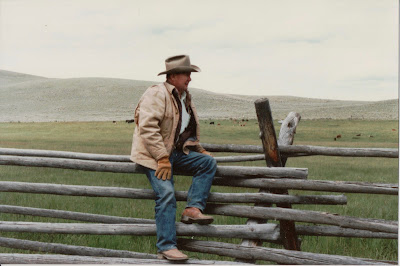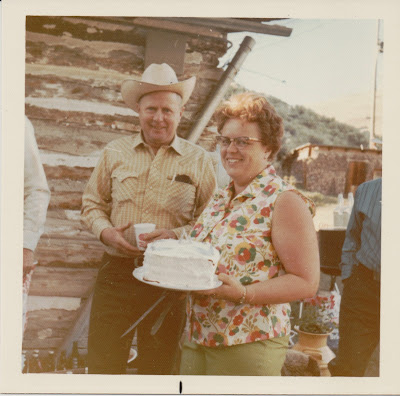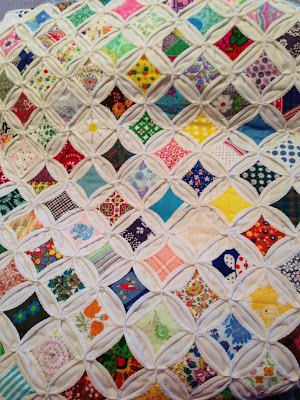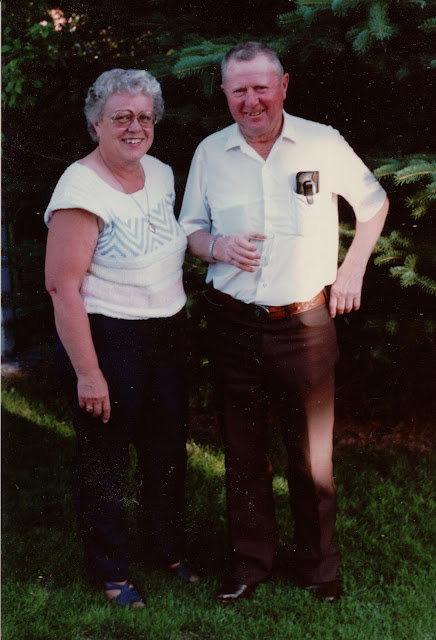My mother’s interest in history & family history may have sparked my interest. When it became apparent that my mother was no longer able to work on genealogy, I wanted to make sure her work was continued. Although I had a little interest in the family history, I had no idea what I was getting myself into! But I took her files, loaded them in a big box & wondered what I was going to do. It took over 12 hours to sort the information into manila folders! And many of the pictures were labeled.
So this was my beginning. Sure wish I knew then what I know now about genealogy!
The beginning of my genealogy collection didn’t start with my mother. Some of it was collected by my great great grandfather, Albert Gallatin Lloyd, and his descendants. My 3rd great grandfather and his wife, Nancy. John Lloyd & Nancy, migrated from Caswell County, North Carolina in 1823 to Clay County, Missouri in 1824 and crossed the Plains from Missouri to Oregon in 1845. But along the way he and his wife Nancy kept items, a metal pill box, and letters from family in North Carolina & Tennessee. John also wrote to his family and those letters were preserved by family in Tennessee. John’s letters told of events of the year such as births, deaths, marriages and prices of commodities. They are a genealogy treasury. When a photographer was in the area, the family made sure pictures were taken. And pictures were about 80% labeled. And if the Lloyd family was mentioned in a newspaper; they saved the newspaper.
The family collected information over the decades from about 1823. It seemed every generation had a family historian. Some of them worked harder to find more information. My great great grandparents, Albert G. Lloyd and his wife Lois H. Jasper, collected funeral cards, newspaper articles, pictures, certificates, letters and even sunbonnet hats and quilts. Their lifespan was from 1836-1930, each crossing the Plains to Oregon at different times. A.G. Lloyd crossed in 1845 while Lois crossed in 1854. Their daughter Gillian Ann was the family historian/genealogist. She lived from 1873-1949, Gilla was my mother’s great aunt. Gilla even made genealogy trips to Tennessee to the graves of her great grandfather in 1920’s. The majority of the collection was due to Aunt Gilla. My mother was the benefactor of Aunt Gilla’s gifts.
And then I began genealogy!





















